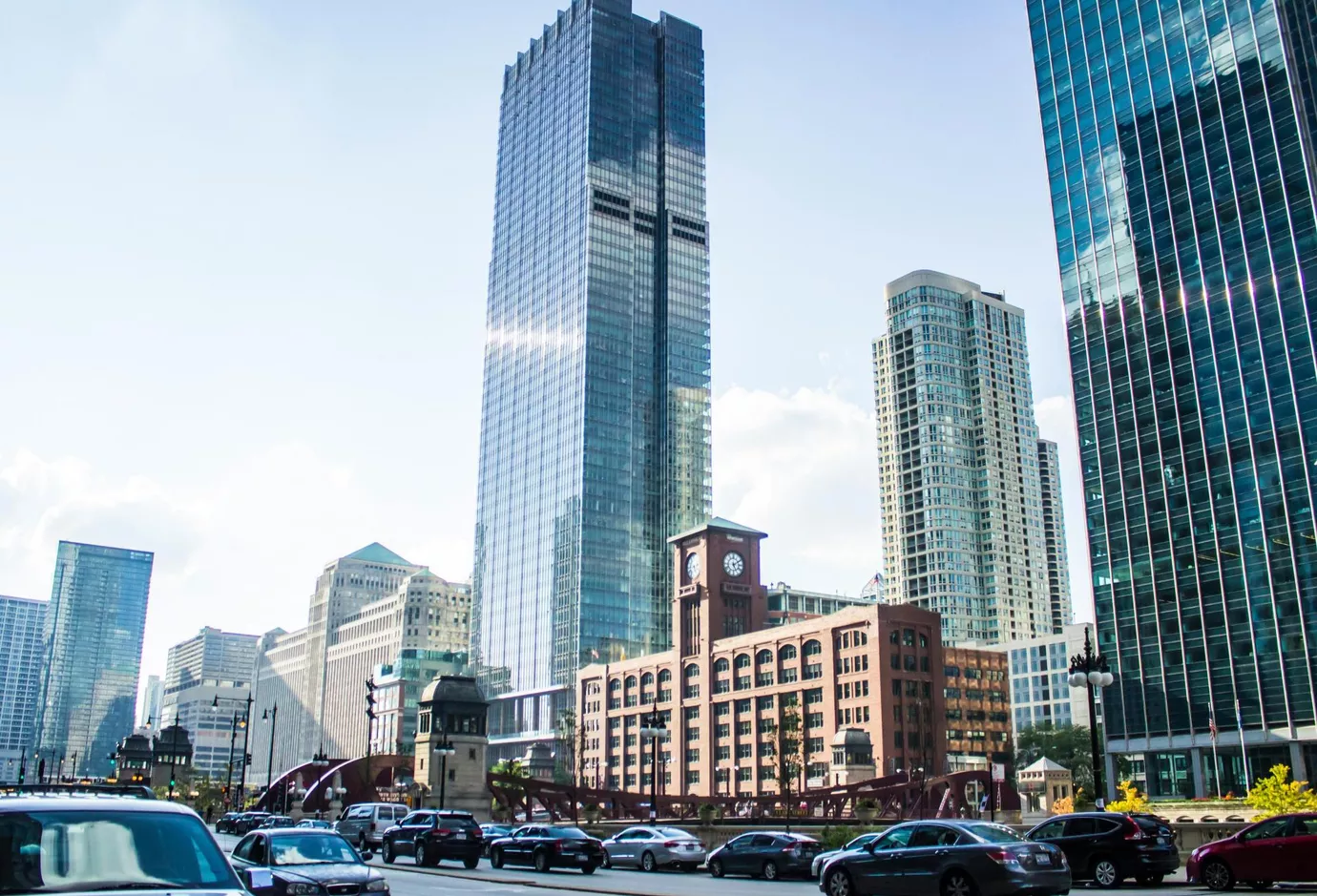January 2016
Out with the Old, in with the New: The Evolution of the Fulton Market
For decades, Fulton Market was Chicago’s industrial hub, but a new video by Bisnow partner NAI Hiffman reveals that changing cost structures and rising land prices are causing these tenants to move to cheaper sites in Chicago’s suburbs, leaving Fulton open for redevelopment into residential, office and other commercial properties.
NAI Hiffman EVP Kelly Disser, who stars in the video, says Fulton Market has been trying to evolve for more than a decade, and for good reason. Stretching a mile from Halsted west to Ashland, Fulton is a stone’s throw from the Loop and the lake, eight blocks from State Street and is close to Kennedy and Eisenhower expressways. To have such a prime location remain in industrial use for so long due to zoning and city ordinance left developers primed and ready to take advantage of Fulton’s “extremely unique opportunities,” if given the chance.
“You even had visionary developers and land acquirers going into that neighborhood and starting to take some speculative positions 15, 20 years ago in anticipation for when this day would come,” Kelly tells Bisnow.
So why are industrial users finally leaving Fulton? In the wake of the global financial crisis, Kelly explains, Chicago’s philosophy changed. Now focusing on bringing larger corporations back into the city from the suburbs, Chicago’s government opened the door for greater redevelopment. The economic catalysts steeply raised prices—Kelly says building a new industrial facility can cost over $100/SF—and industrial tenants were in a pinch. It’s not just happening in Fulton; market demand is causing redevelopment throughout Chicago.
As industrial companies continue to exit Fulton and other resurging submarkets, they’ll need to stake out a new part of Chicago. It will have to fit industrial tenants’ financial constraints, Kelly says, and NAI Hiffman and other companies have made it their mission to replicate the identity of Fulton in other parts of the city—like the Saltwater Market and the International Produce Market—or in Chicago’s outlying areas.
Kelly says developers, brokers and property owners also need to realize that Fulton’s situation parallels other market dynamics and cycles seen throughout Chicago’s history, like the O’Hare Industrial District. At some point, Kelly warns, the development will stop and land values will fall, and even when the market sees a second life, those values will never reach the peak of this first cycle. In order to maximize value, he says, both brokers and property owners need to sell these properties before the initial push slows.
Source: Bisnow Chicago


